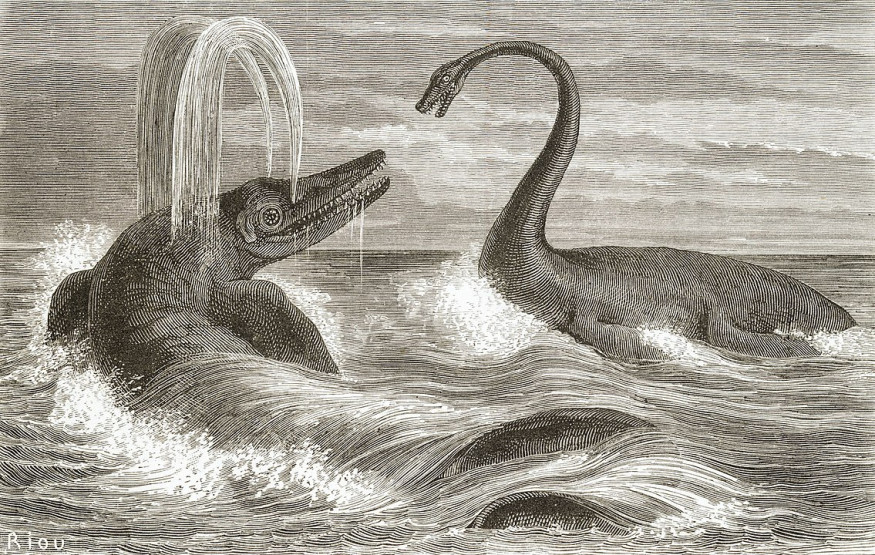
New findings from paleontologists suggest that the Earth's largest known animals did not come from cetaceans after all.
Latest study reveals that a gigantic sea creature from a species of ichthyosaurs in the early dinosaur era evolved into the world's most enormous animal, larger than the current kings of the ocean. Such beast lived 244 million years ago and weighed 40 tons measured 60 ft from nose to tail. The prehistoric dinosaur's head alone is as long as a full-grown man.
According to Lars Schmitz, an associate professor of biology at Scripps College in Claremont, California, researchers have found that "ichthyosaurs evolved gigantism much faster than whales, in a time where the world was recovering from devastating extinction [at the end of the Permian period]."
As per what LiveScience quoted: "We describe an ichthyosaur with a 2-m-long skull from the Fossil Hill Fauna as a new species of Cymbospondylus. At present, this is the largest known tetrapod of its time, on land or in the sea, and is the first in a series of ocean giants."
A "sign of the resilience of life"
"Although whales are now the largest of Earth's creatures, they were not the first ocean giants to ply the seas," said Professor Martin Sander who wrote about the monster in the journal Science. As far as evolution is concerned, 90% of a whale's 55-million-year evolution to achieve its massive size is only 1% of ichthyosaurs' 150-million-year evolution.
"It is a nice glimmer of hope and a sign of the resilience of life - if environmental conditions are right, evolution can happen very fast, and life can bounce back," says Schmitz.
Upon its first discovery of the prehistoric ichthyosaur's fossils on 1998, "Only a few vertebrae were sticking out of the rock, but it was clear the animal was large," Schmitz described. The new species was given the name Cymbospondylus youngorum by the researchers.
The "monster of the Triassic deep"
The large-jawed marine reptile was believed to have existed during the Triassic epoch. Researchers had noted that they particularly have quite a strange appearance, resembling a sea dragon. In addition, a full-grown C. youngorum would have measured over 17 meters (55 feet) with a nearly 2-meter-long (6.5 feet) skull.
According to the study, the species presumably ate smaller ichthyosaurs, fish, and possibly squid, based on its size and tooth shape. The species prevailed in the ocean only 5 million years after "the Great Dying", a huge extinction event that destroyed nearly 90% of the world's species at the end of the Permian epoch.
And that is what makes this ichthyosaur's massive size all the more astonishing, given that life on Earth took around 9 million years to rebound from the extinction, according to another research published in the journal Nature Geoscience.
The study explains that the ichthyosaurs' venture into gigantism somehow resulted from diversification boom of marine molluscs known as ammonoids within 1 million to 3 million years of the extinction event which comprised part of the dinosaur-age food systems.
© 2025 NatureWorldNews.com All rights reserved. Do not reproduce without permission.





